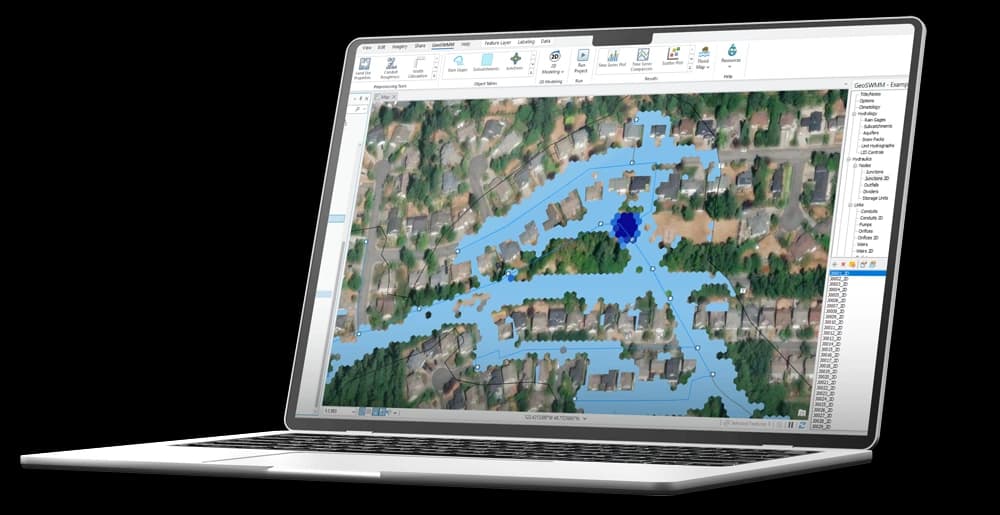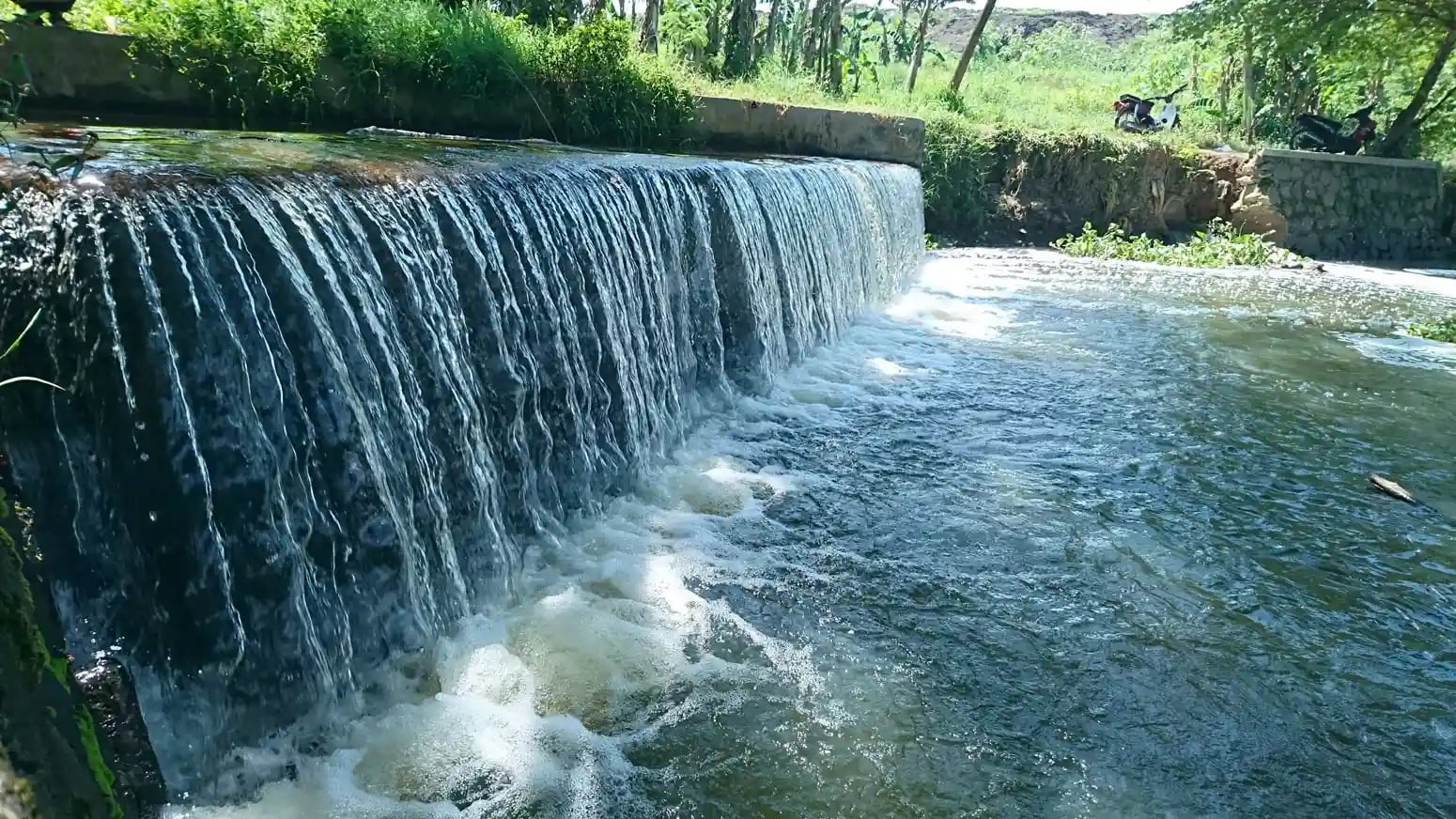Stormwater and Watershed Management
Simulate rainfall-runoff, pollutant build-up, wash-off, and routing using best-in-class modeling technology and design your stormwater infrastructure all from an ArcGIS Pro-integrated modeling environment.
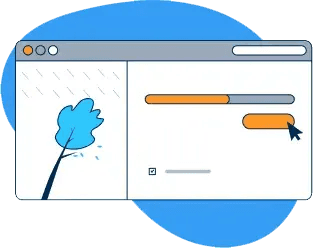
Quick, Interactive Model Building
Drag and drop your GIS data for subcatchments, pipes, and other components into the model, and GeoSWMM will lead you through a rich set of tools to simplify model building tasks.
Maintain Model Integrity Long Term
By using GeoSWMM, you can reduce data redundancy and errors while improving data security, consistency, and access.
Modeling for the Real World
GeoSWMM delivers a realistic representation of the physical world, avoiding common pitfalls and disjointed analyses of hydrology and hydraulics.
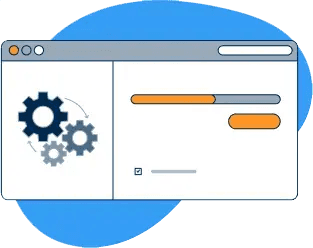
Dual Drainage Modeling
Urban flood resilience depends on effectively designed and adequately maintained dual drainage systems. GeoSWMM helps optimize above ground and underground conveyances to minimize flood risk.
Build Complex Models with Ease
GeoSWMM's interactive model-building process captures the real-world complexities of parameterizing a coupled surface and underground hydraulic system model.
Surface Flow Path Generation
Storm sewer overflows often follow undefined flow paths. Use GeoSWMM to identify these flow paths and mitigate flooding.
Apply Various Design-Storms and Compare Conveyance Options
Evaluate Performance of Existing Infrastructure Under Climate Change
Climate Resilience and Flood Mapping
With GeoSWMM, you can combine flood predictions with population and asset GIS data to inform capital improvement plans, enhance design standards, and enable climate adaptation strategies.
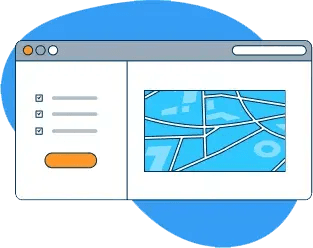
Assess Infrastructure Vulnerability
Use downscale GCM results to assess the impact of climate change on local flooding and develop preventive measures.
Automated Flood Map Delineation
Save time by automatically creating flood maps from model results and topographic data.
Tidal Flood Risk Assessment
FEMA-Approved Model Engine
Launch GeoSWMM
Experience the benefits of GeoSWMM—your software for stormwater and flood modeling.
